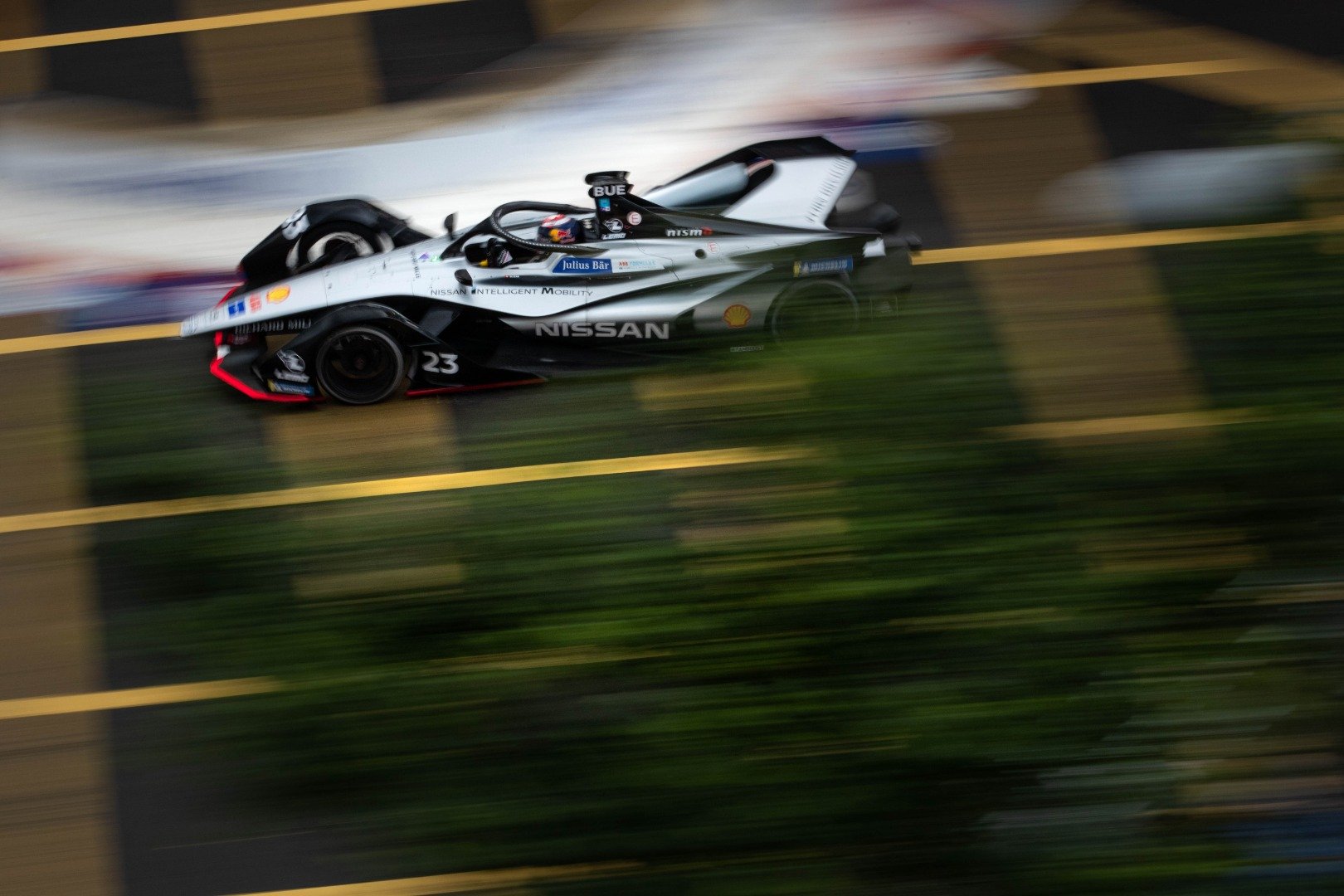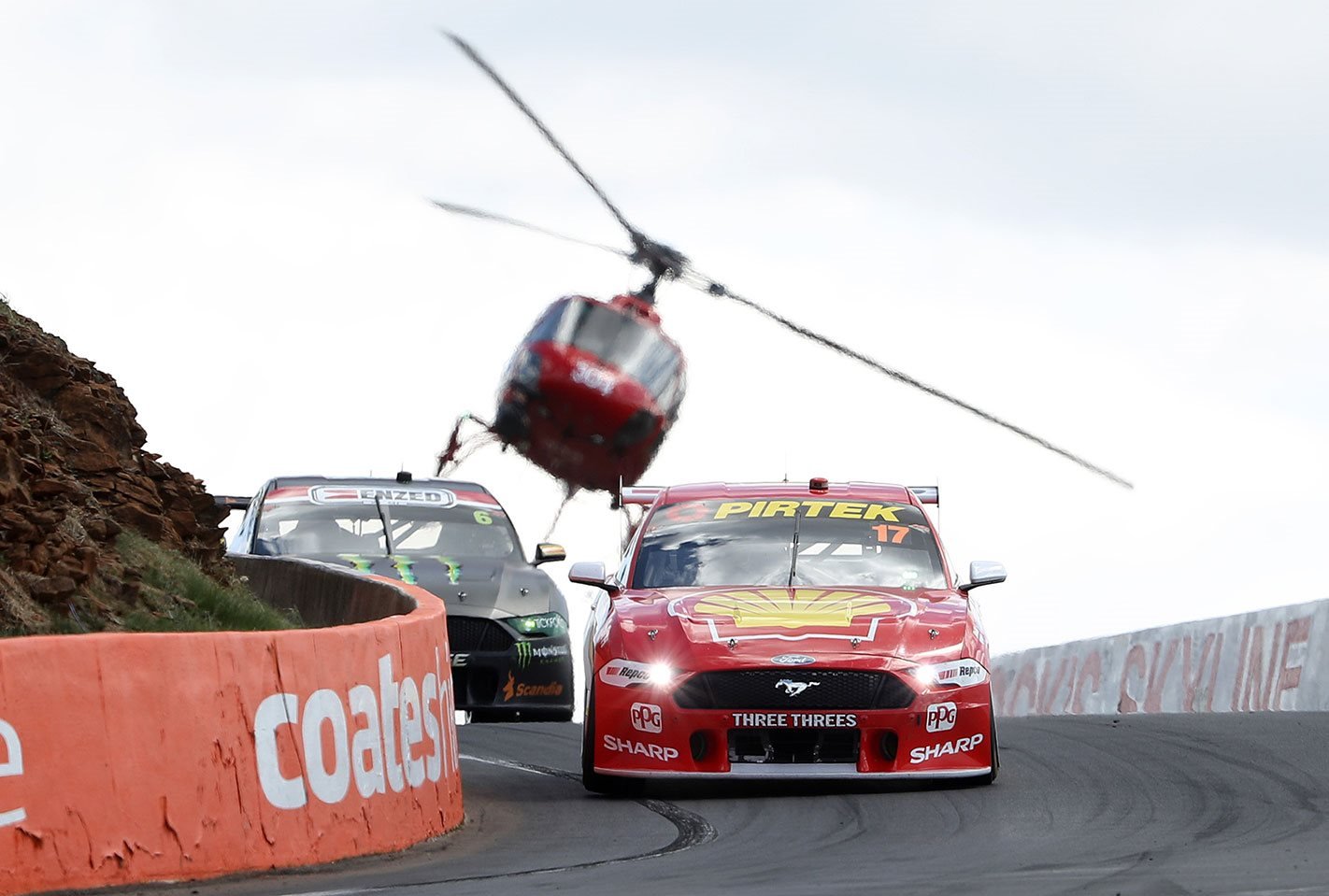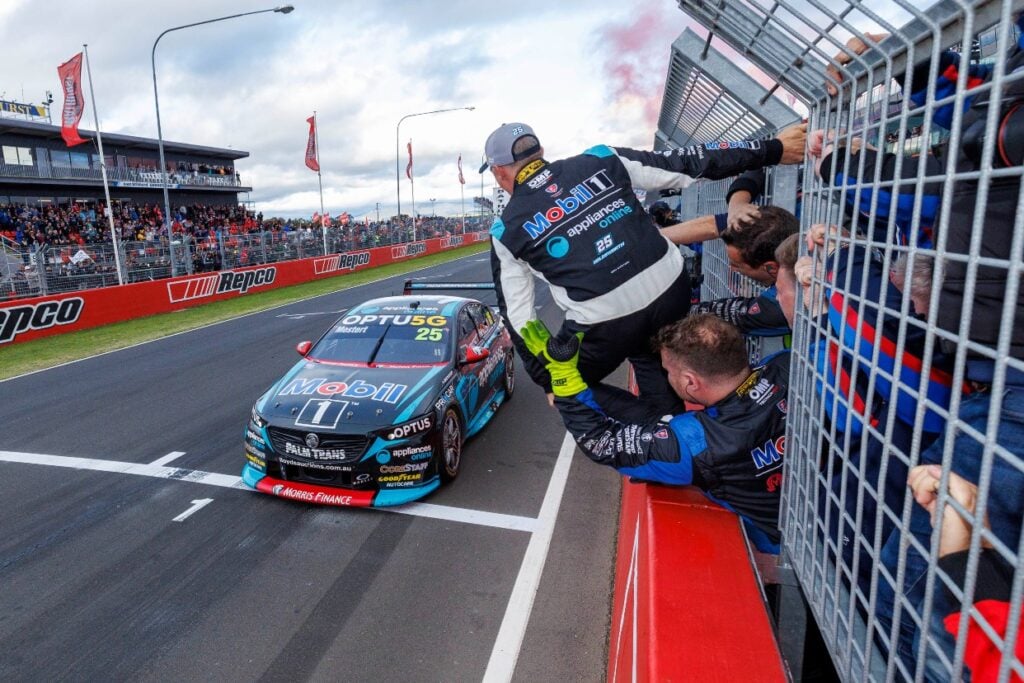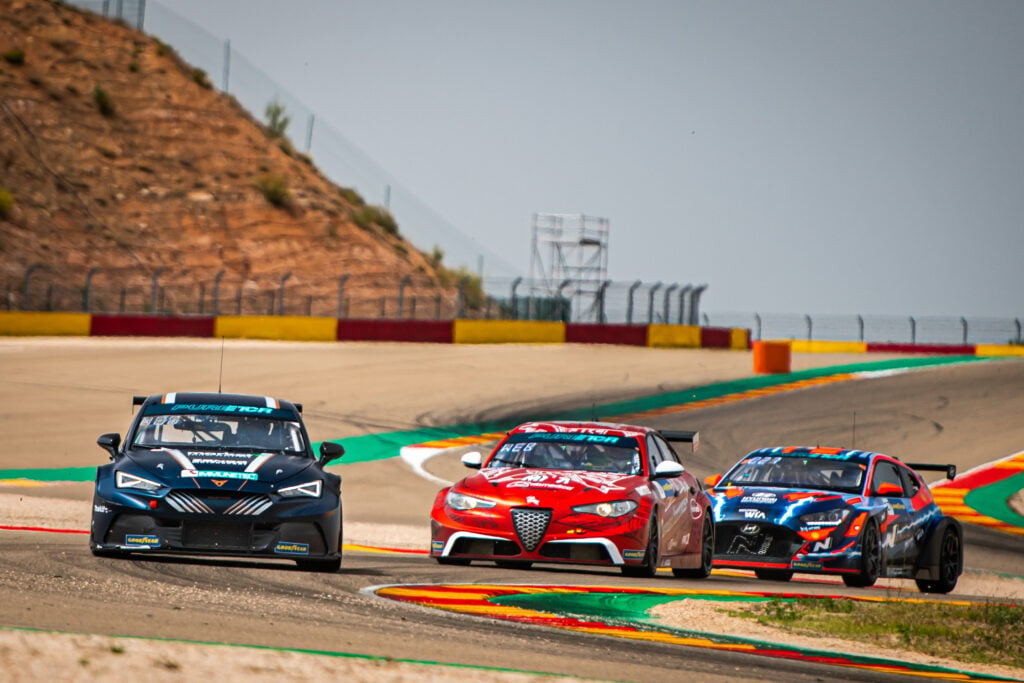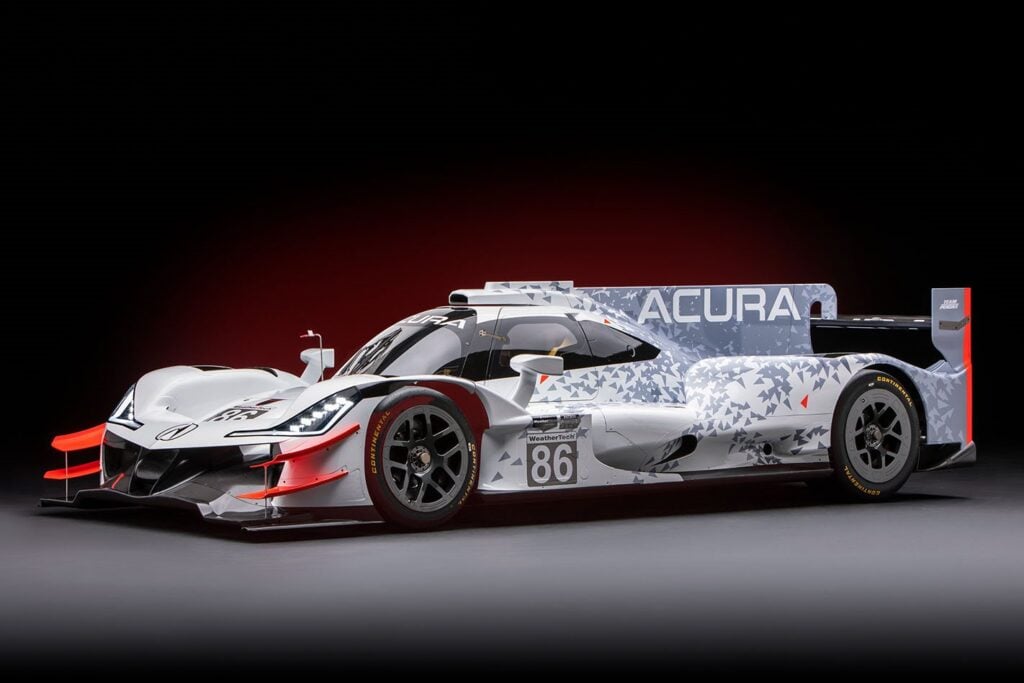It’s long been a selling point of motorsport globally that the technology you find in street cars is first tested and proven on the world’s racing circuits. Well, the reality is that cutting-edge technology in road cars has leapfrogged the racing world, with just a single fully electric global championship at a time when every manufacturer worth their salt is diving head-first into an EV future.
Electrification is happening almost across the board, and categories like the British Touring Car Championship, IndyCar, IMSA, and World Rallycross Championship have some sort of hybrid or fully electric rules in the pipeline in order to catch up – even the good ol’ boys at NASCAR HQ have committed to an electrified future.
At the same time, traditionalist fans are baying for the return of the halcyon days of racing where the sizes of the personalities in the cockpit were only dwarfed by the engines that propelled their mighty machines.
So, let’s take a closer look at some of the biggest championships both locally and globally to see what’s in store.
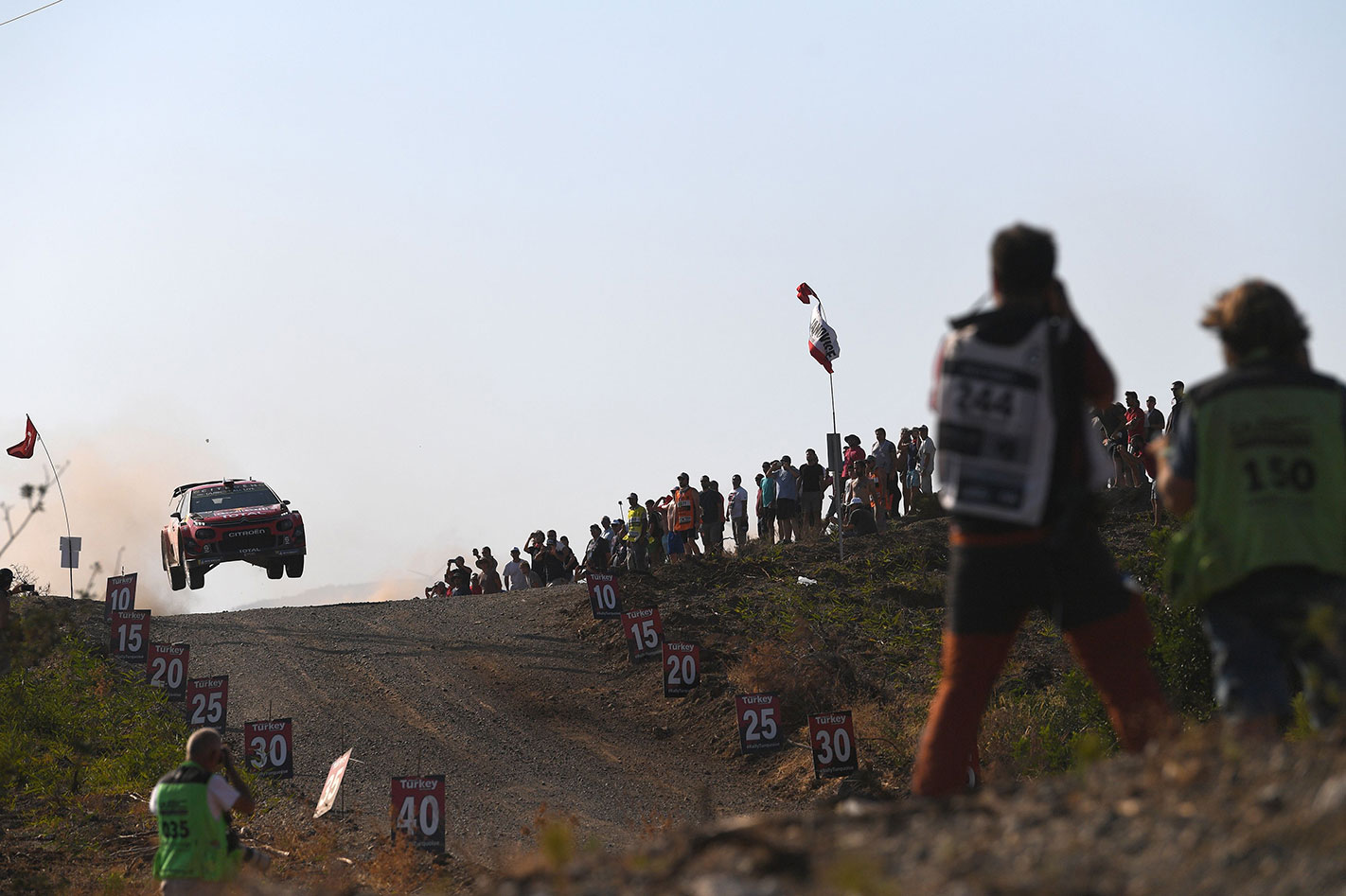
Supercars
The next three years are perhaps the most important in modern Supercars history, with a new rulebook to be written, new television contract to be sold, and potentially new owners for the category to be found.
First, and most importantly, is the rulebook, which is under serious scrutiny ahead of the planned introduction of ‘Gen3’ regulations in 2022. Currently Ford is the only manufacturer locked into the category until then, with Holden only committing to race the Commodore until the end of 2021.
New rules are likely to include revisions to the control chassis, importantly reshaping the crash structure to allow a more natural silhouette for two-door coupes. Engine regs are being tweaked in order to reduce costs significantly and power nominally, while aero is set to be culled across the board as a new testing process is ratified. Other tweaks include control dampers, more tyres, and a new electronics system.
Oh, and Supercars is continuing to investigate implementing hybrid technology. However, following the unmitigated failure of new rules designed to see the reintroduction of turbo engines from 2017, we aren’t holding our breath.
Then there is the issue of who owns the whole rodeo. Sydney-based private equity company Archer bought the controlling stake in Supercars for a rumoured $130 million in 2012, with the business valued in excess of $300 million.
In 2017 Archer wanted at least $80 million for its stake in Supercars, but the best bid put forward was only around the $50 million mark.
A sale has now been put on ice until a new broadcast deal is inked for 2021 – the current Foxtel/Network 10 contract was worth $240 million over six years.
There are some rough seas ahead for Supercars. Can it steer true to clear waters?
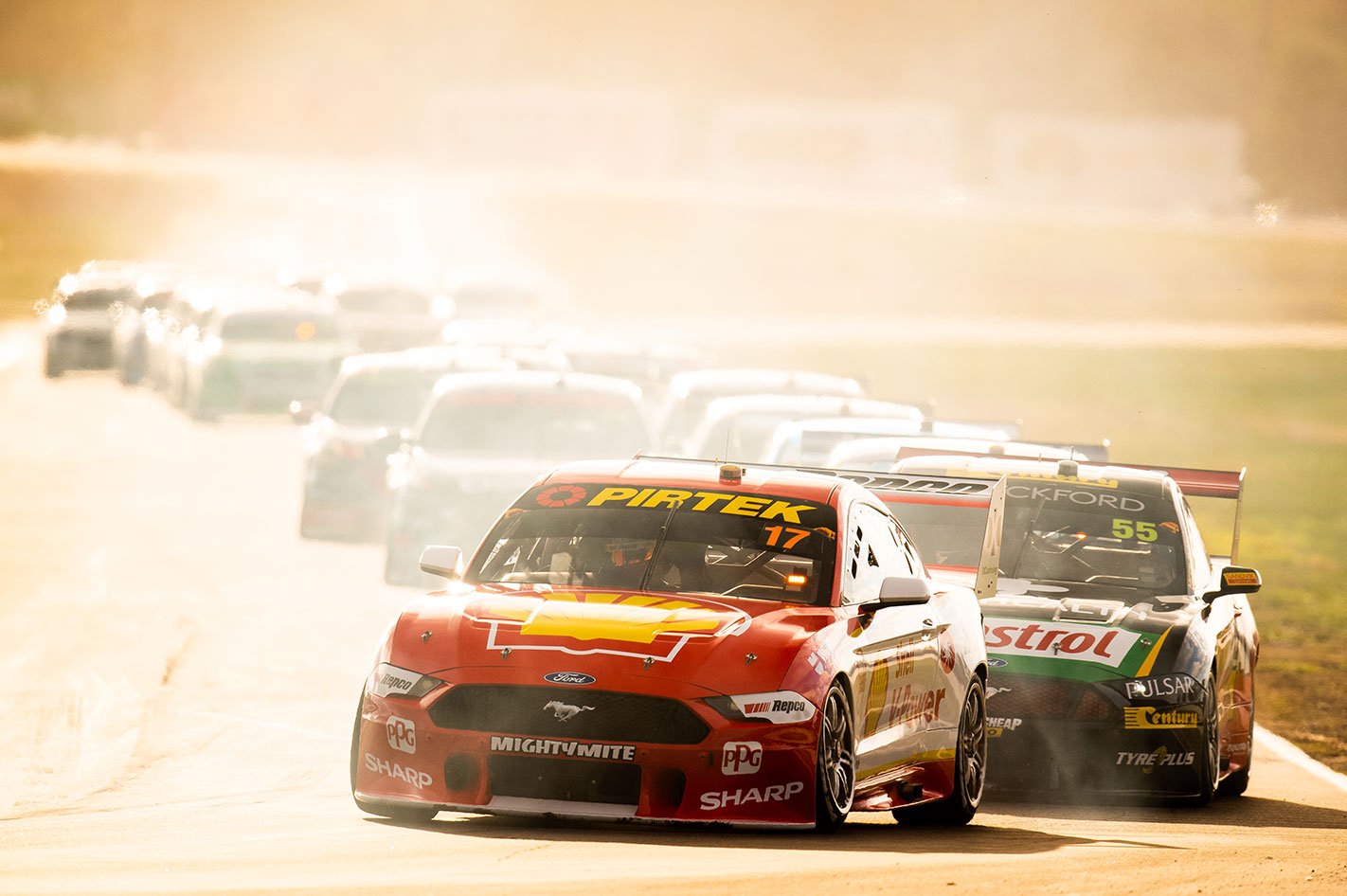
Formula 1
Unlike almost every other category on this list, Formula 1 has its future rulebook locked and loaded. The 2021 rulebook for F1 was ratified by the World Motorsport Council just weeks before we went to print, meaning bar minor tweaks, these regulations are set in stone, and as inevitable as another Ferrari quit threat. So, what’s in store for the biggest racing series on the face of the planet?
Well, it’s not as drastic as those in charge would probably have hoped. The original proposal for 2021 has been watered down significantly by the supremely powerful Strategy Group which is made up of teams and manufacturers.
Engine regulations have remained untouched, much to the chagrin of anyone with ears, while aero and sporting rules have been tweaked with the aim, the category says, of “promoting closer racing and more balanced competition, as well as bringing economic and sporting sustainability to Formula 1”.
The cars are intended to be more visually alluring, while also helping to improve racing by cleaning up the ‘dirty air’ that plagues modern F1. This will be done by reshaping the front and rear wings, while simplifying suspension and revising the floor design to incorporate ground effect. In addition to this, 18-inch wheels will be introduced.
Away from the actual cars, the most important introduction is a cost cap, intended to curb the rampant spending of top teams. Each squad’s budget will be capped at US$175 million ($A250 million), quite the drop from the US$500m Mercedes is currently spending (and that excludes their engine costs). Independent regulators have been charged with keeping scheming teams honest. Good luck, bean counters.
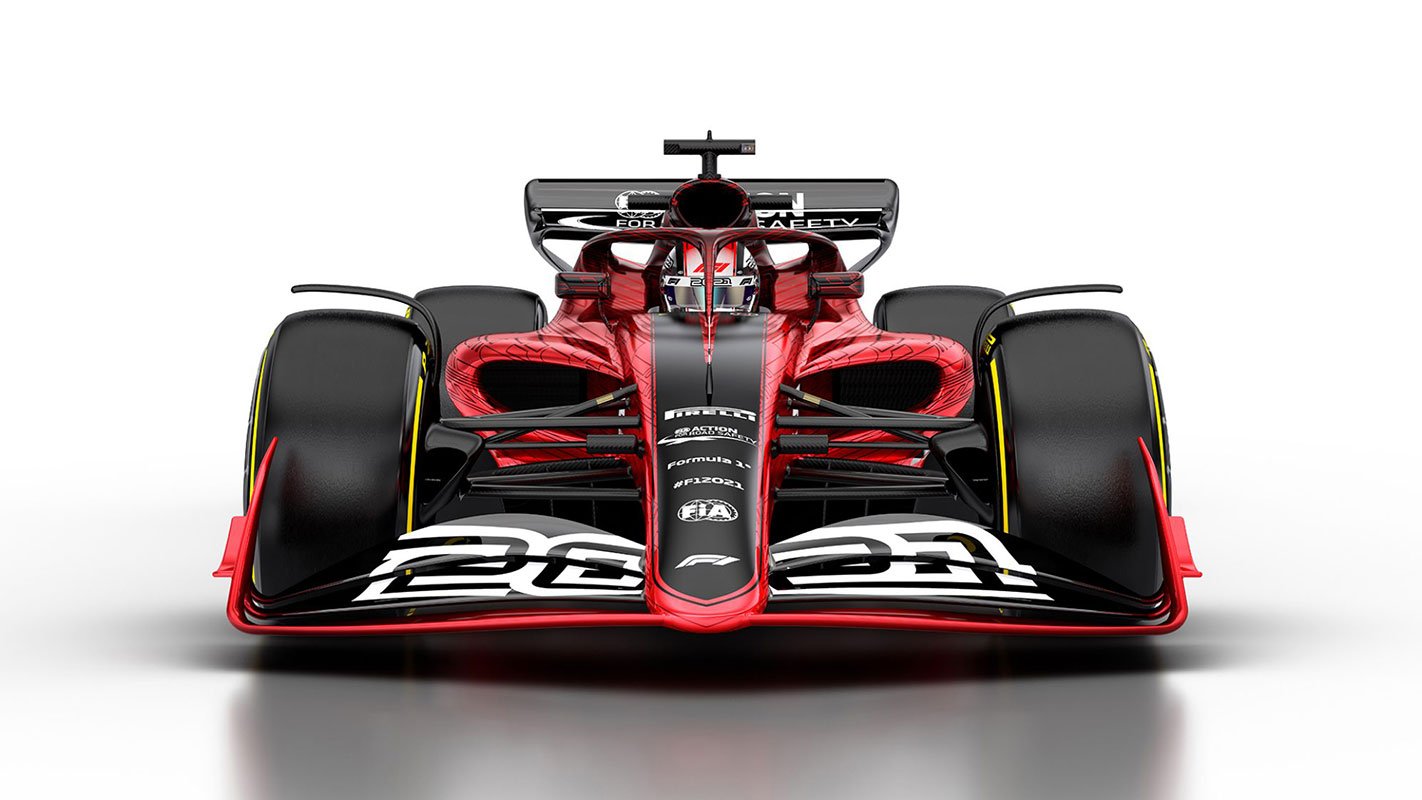
World Endurance Championship
The era of the homologation special is about to return, and we have the World Endurance Championship (WEC) to thank. The FIA, along with ACO (who promote the 24 Hour of Le Mans) are introducing new rules for the 2021/22 season. The new ‘hypercar’ regulations for the top-flight sports car category at Le Mans will mandate production car twins to the prototypes attacking the Mulsanne Straight each June.
While the final regulations have yet to be locked down, WEC has revealed a series of in-depth details. These include a requirement for manufacturers to put 25 engines into a production car by the end of the first season, and 100 production cars by the end of season two. Pure racing engines can be used, as long as they are not built or funded by an OEM, and fit the rest of the regulations. This means the 11,000rpm naturally aspirated V12 that is slotting into Aston Martin’s Valkyrie will be terrorising La Sarthe for 24 hours in the near future.
Speeds will be lower compared to current LMP1 regulations, on safety grounds, but with more manufacturers and lower costs, it should allow the most difficult race in motorsport to return to its glory days of the late ’90s and early 2000s. Aston Martin and Toyota have shown significant interest in the new category, with the likes of Porsche, McLaren and Lamborghini rumoured to be in discussions with rule makers behind the scenes.
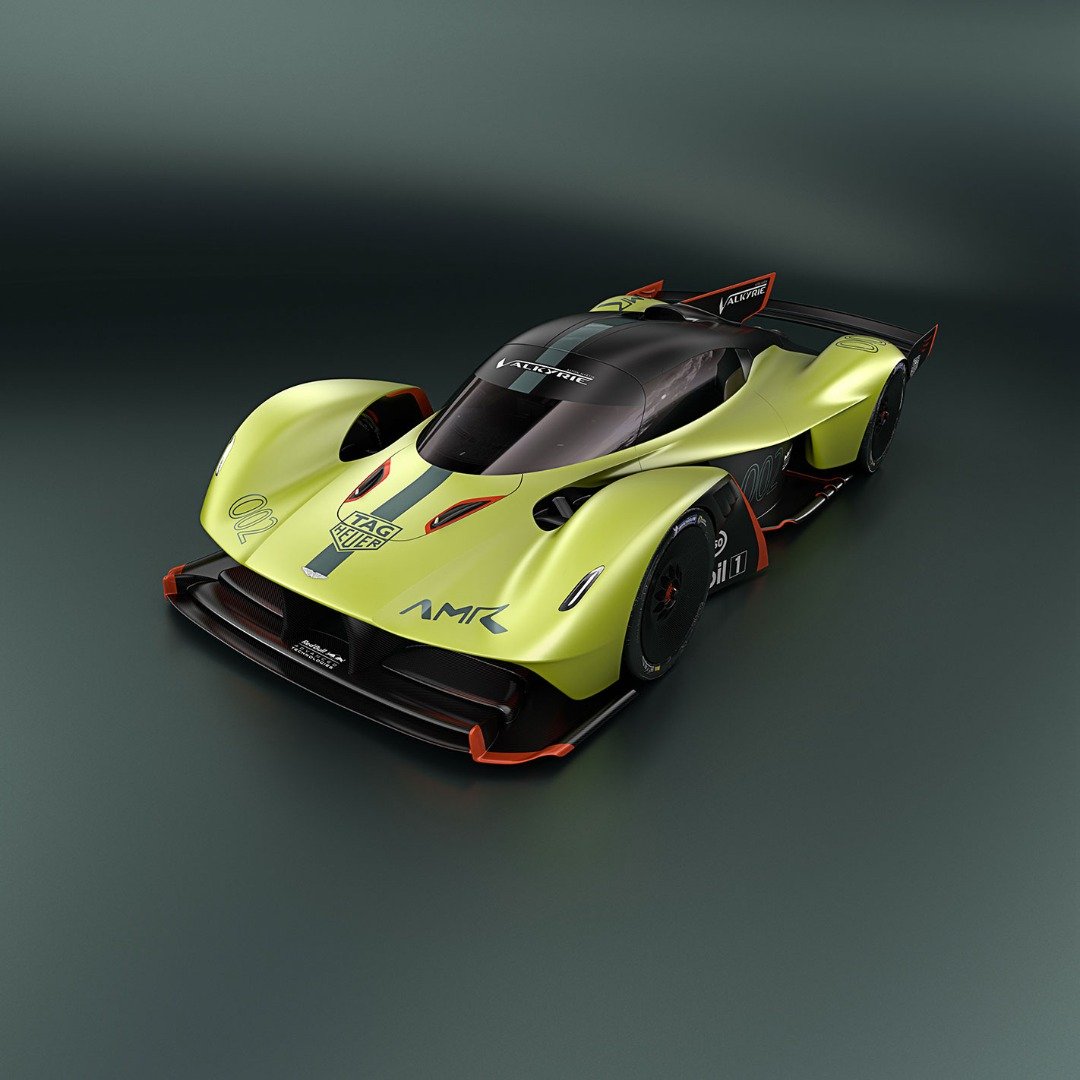
World Rally Championship
What FIA supremo Jean Todt wants, Jean Todt gets. The ex-Ferrari F1 boss, who has been leading the global motorsport governing body for the past decade, helped muscle Formula 1 towards its current hybrid engine regulations – unpopular with teams and fans alike – while also putting his full support behind Formula E. His next targets for an electric future are the world’s rally stages, and the WRC.
A new rule set is due to be introduced in 2022 through to 2025, which will introduce hybrid technology to the fastest cars on dirt. Technical regulations are a long way from being finalised, but initial talks have mooted a ‘supplementary hybrid system’ with control components and software. The proposed hybrid units would allow WRC cars, which will retain the 2017 aero and engine package, to run as full EVs on transit stages, while providing a power boost on competitive special stages. Following 2025, the plan is to open up the rules to allow manufacturers to use their own electric systems.
Prior to writing, Citroen threatened to pull out of the WRC at the end of 2020 if there was no electric technology in future rules (they subsequently dramatically pulled out prior to the start of this year’s championship). However, support from other manufactures for the move to hybrids has been lacking. A former rally co-driver himself, Todt lambasted manufacturers for stalling talks about the new regulations, and looks set to strongarm organisers into adopting an electrified future. The forests of Finland are about to get a little quieter.
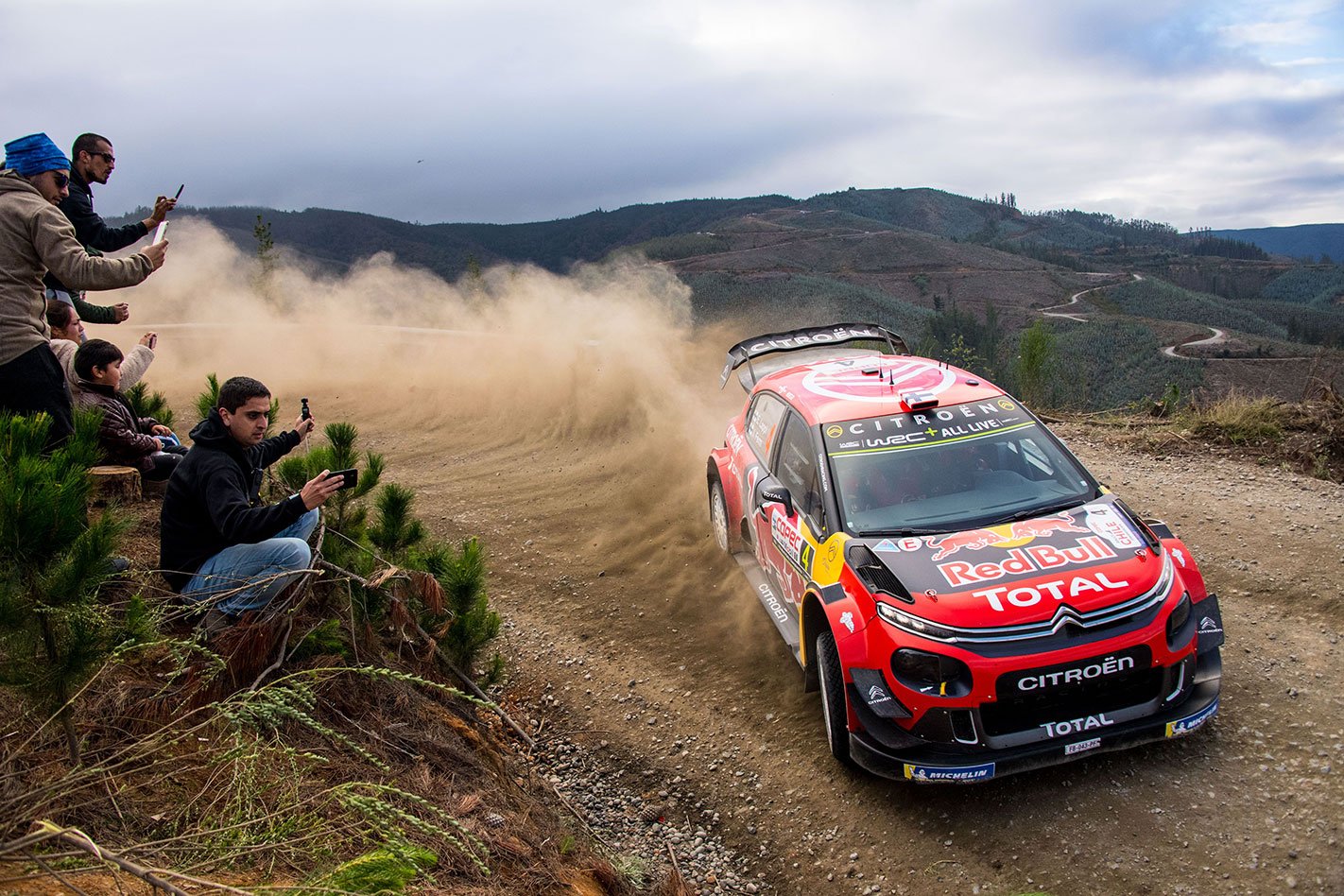
S5000
Australia’s newest and fastest category made its debut in the last half of 2019, ahead of its first ‘proper’ season in 2020. Early signs are positive, and the V8-powered beasts will bring wings ‘n’ slicks back to Mount Panorama in 2020, but it remains to be seen if early grid numbers can be sustained. Australia’s open-wheel history shows that category bosses will have an uphill battle on their hands.
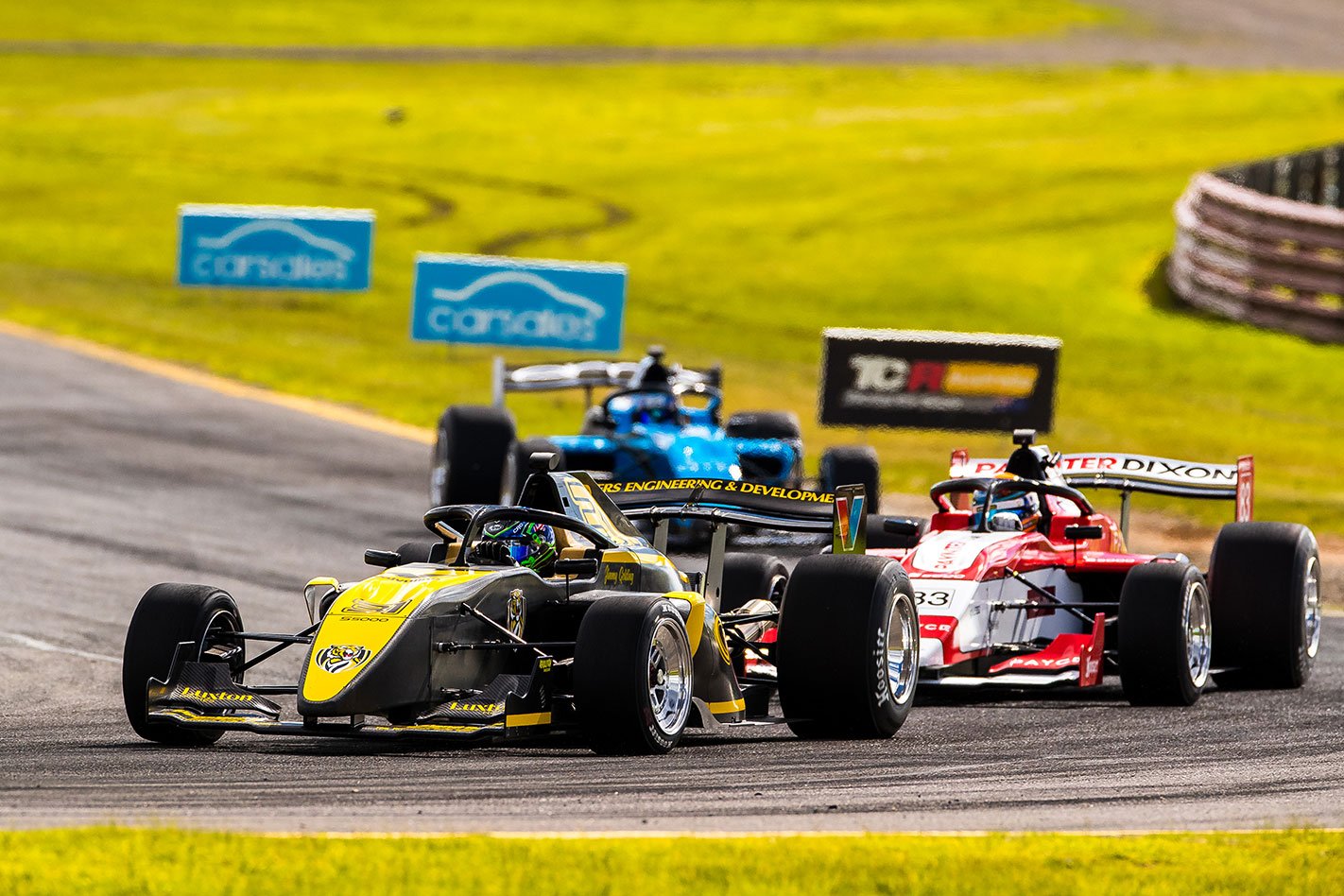
SuperUtes
Introduced in 2018 to replace the Falcon and Commodore-based V8 Utes category, SuperUtes has floundered somewhat, with fluctuating grid sizes, uninspiring and expensive diesel engines, and poor racing. Supercars has sold the category to a conglomerate of teams, which have vowed to slap naturally aspirated V8 crate motors into the engine bay. Yeehaw! That sounds more like it.
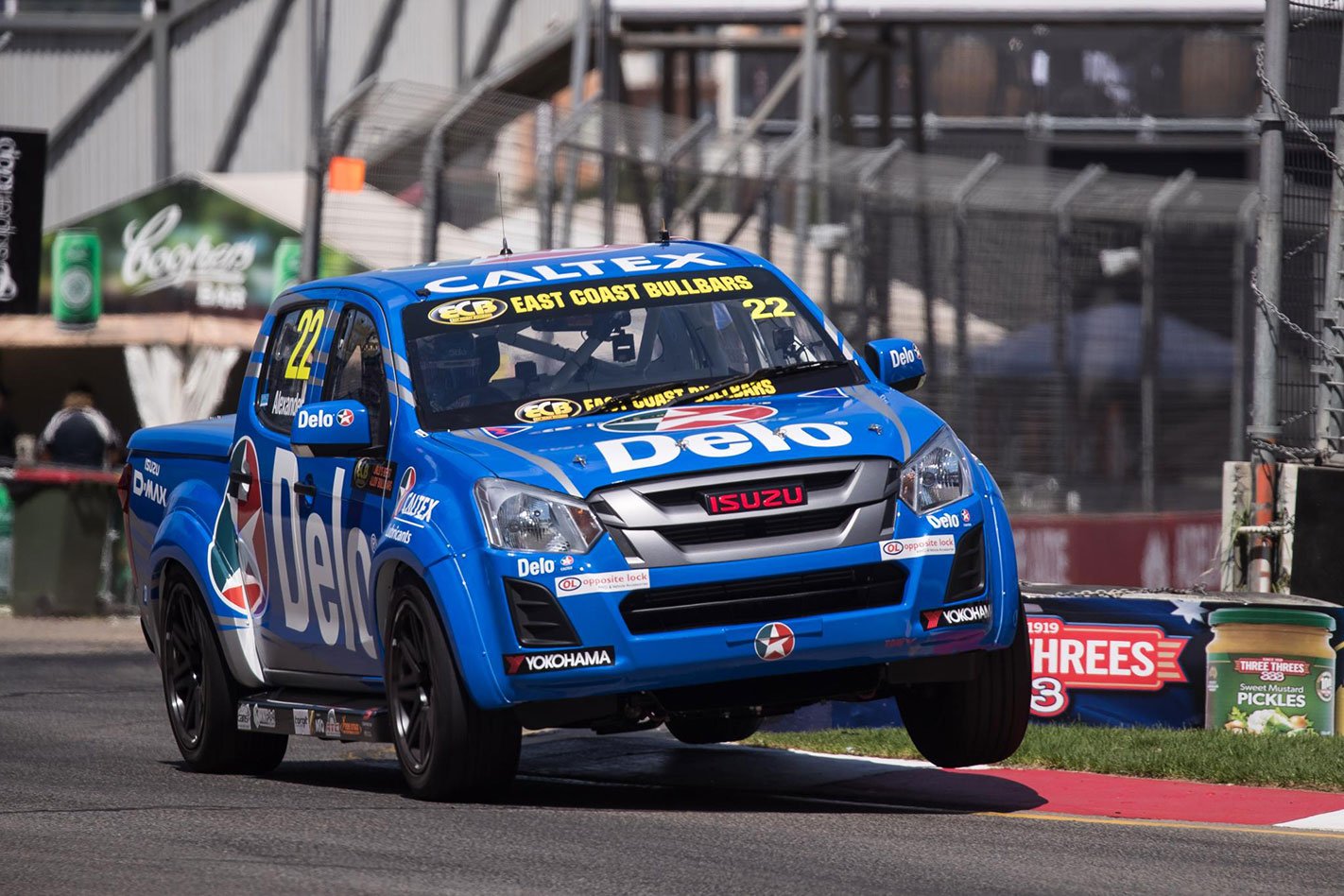
Formula E
The golden child of global motorsport, Formula E seems incapable of putting a foot wrong. Going from strength to strength, its sixth season will have started as this magazine goes on sale. Mercedes-Benz and Porsche will join the grid, bringing the total manufacturer tally to eight, along with the envy of every other global category. A race in Australia has been mooted from some time, but will require government support to get over the line. Here’s looking at you, South Australia.
